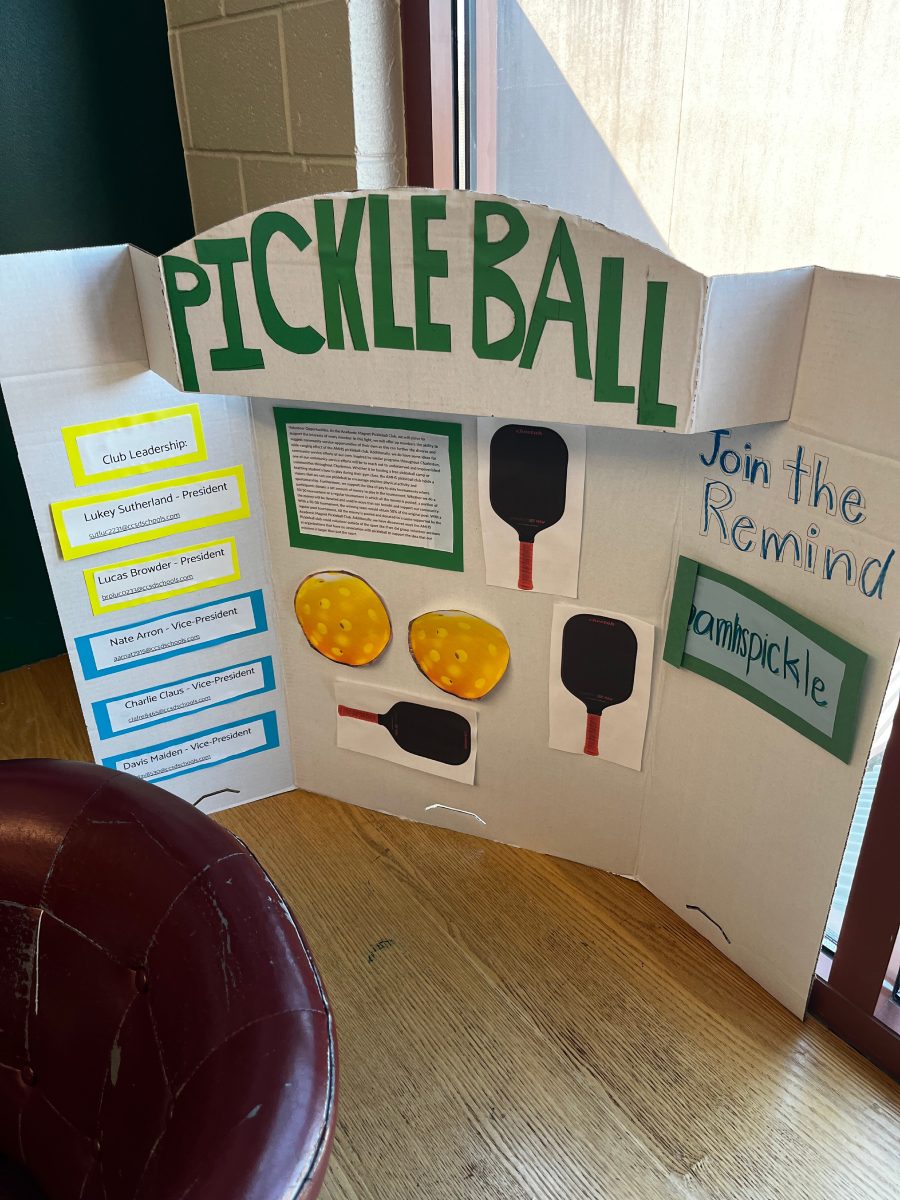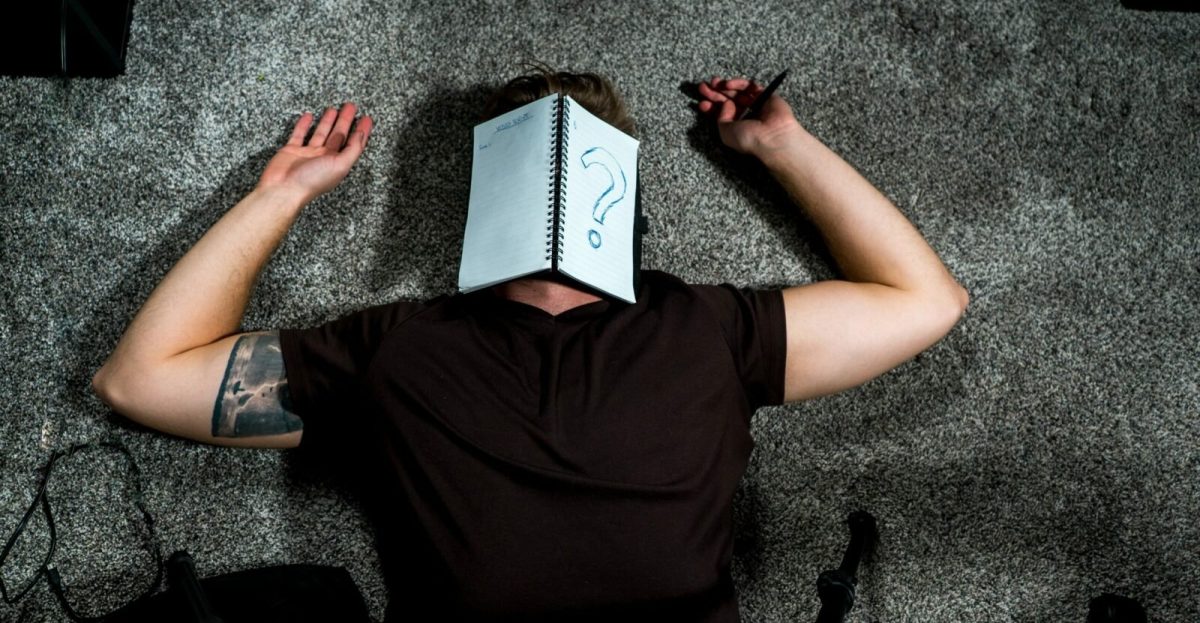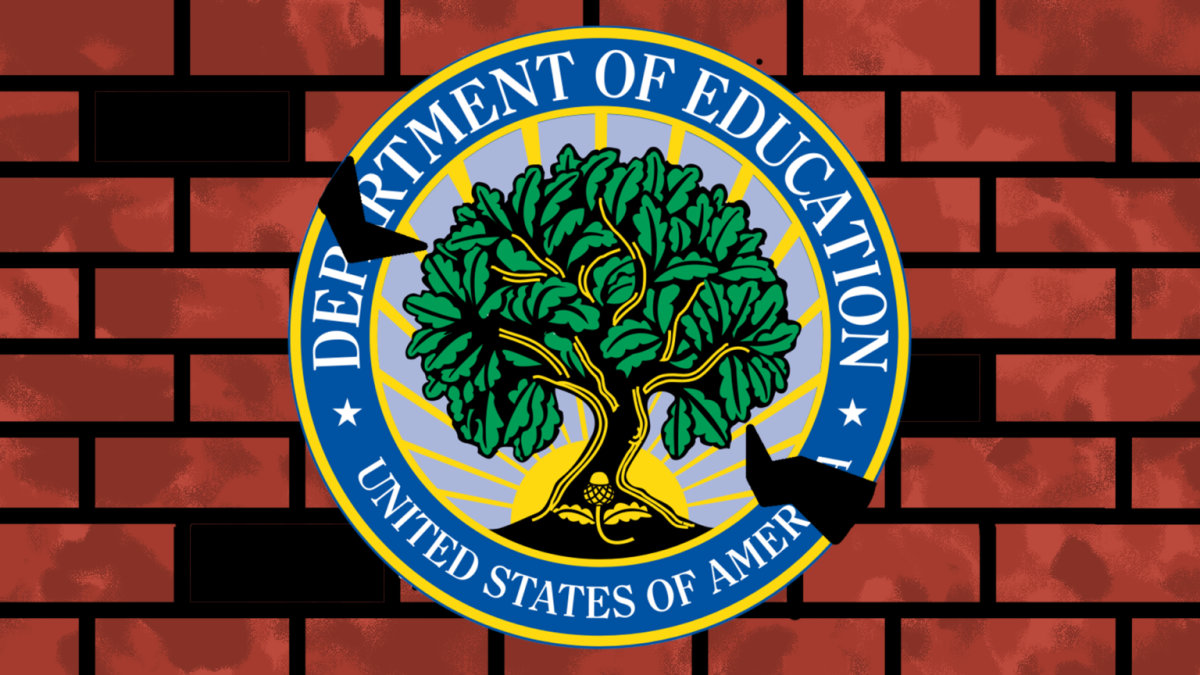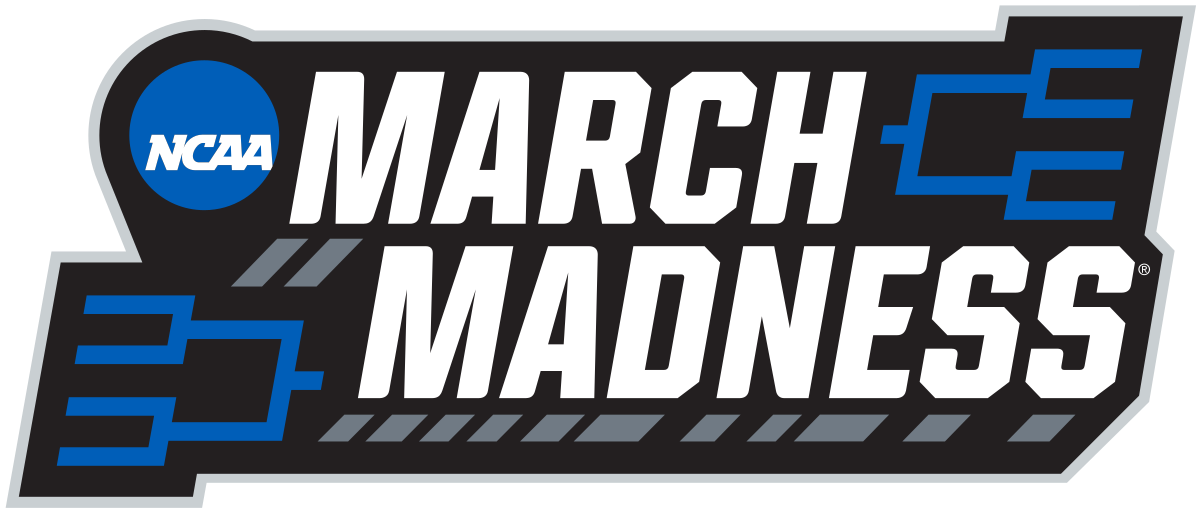In the past few years, many of the older folks throughout Charleston can be seen crowding local tennis courts and indoor gyms, armed with compression braces, sweatbands, and tennis shoes. But what are they doing? They are playing pickleball, a relatively new sport but one that has taken America by storm as a game perfect for both any age group and unique fusion of tennis, ping pong, and badminton.
Rules
The game seems complicated at first, but once the rules are explained and you start playing it gets easier. While there are different rules for different kinds of play, there is a basic outline. The court is laid out in two halves, with the net dividing it in two. There is a line of tape laid parallel to the net about 7 ft wide. This is called the kitchen, or non-volley zone. There is another line of tape laid perpendicular to the kitchen tape that divides the rest of the court in two halves. This leaves 15 ft of play space for one or two players to cover. The entire court measures 44 ft by 20 ft, making it slightly smaller than a tennis court. When it comes to serving, the player covering the right service area will serve first, cross court to the opposing player in the right service area. The ball needs to bounce once, then the opposing player can return the ball. The ball must bounce again on the serving team’s side and then once it is returned again the ball can be hit in the air or bounce once before being returned. A team can only earn a point for their team when it is their serve and the opposing team either hits the ball out of bounds or the ball bounces more than once on the other side. When a team is serving and earns a point the players rotate the side they serve to by switching spots. This guarantees an equal amount of reception. The kitchen brings another element, however. Typically the kitchen is considered a zone where players can not enter until the ball bounces in. If that happens then the players may enter the kitchen to return the ball but then they must step out immediately and can not hit the ball again until they are out. If a player steps into the kitchen while the other team is serving then it is an automatic point for the other team. Once a team is serving and the first person who serves loses a volley, then the person who started on the left service area has a turn to serve. Once they lose their serve, the ball goes to the opposing team. The only time when this is not the case is at the start of the game when the first serve is made. During this volley, the team who serves first only gets 1 turn to serve and if they lose then the ball immediately goes to the other side. There are other rules pertaining to what qualifies as out of bounds and single vs doubles play, but a lot of the game comes down to both an honor system and each team’s own calls. There are two main styles of play: dinking and slamming. The play styles are somewhat self-explanatory. Dinking involves soft taps close to the net and putting spin on the ball to mess up the other team. Slamming is the opposite, involving a lot of power and speed on the ball while looking for angles to send the ball out of bounds. There are many rules but the best way to learn is simply to start playing.
at first, but once the rules are explained and you start playing it gets easier. While there are different rules for different kinds of play, there is a basic outline. The court is laid out in two halves, with the net dividing it in two. There is a line of tape laid parallel to the net about 7 ft wide. This is called the kitchen, or non-volley zone. There is another line of tape laid perpendicular to the kitchen tape that divides the rest of the court in two halves. This leaves 15 ft of play space for one or two players to cover. The entire court measures 44 ft by 20 ft, making it slightly smaller than a tennis court. When it comes to serving, the player covering the right service area will serve first, cross court to the opposing player in the right service area. The ball needs to bounce once, then the opposing player can return the ball. The ball must bounce again on the serving team’s side and then once it is returned again the ball can be hit in the air or bounce once before being returned. A team can only earn a point for their team when it is their serve and the opposing team either hits the ball out of bounds or the ball bounces more than once on the other side. When a team is serving and earns a point the players rotate the side they serve to by switching spots. This guarantees an equal amount of reception. The kitchen brings another element, however. Typically the kitchen is considered a zone where players can not enter until the ball bounces in. If that happens then the players may enter the kitchen to return the ball but then they must step out immediately and can not hit the ball again until they are out. If a player steps into the kitchen while the other team is serving then it is an automatic point for the other team. Once a team is serving and the first person who serves loses a volley, then the person who started on the left service area has a turn to serve. Once they lose their serve, the ball goes to the opposing team. The only time when this is not the case is at the start of the game when the first serve is made. During this volley, the team who serves first only gets 1 turn to serve and if they lose then the ball immediately goes to the other side. There are other rules pertaining to what qualifies as out of bounds and single vs doubles play, but a lot of the game comes down to both an honor system and each team’s own calls. There are two main styles of play: dinking and slamming. The play styles are somewhat self-explanatory. Dinking involves soft taps close to the net and putting spin on the ball to mess up the other team. Slamming is the opposite, involving a lot of power and speed on the ball while looking for angles to send the ball out of bounds. There are many rules but the best way to learn is simply to start playing.
With the rise of pickleball has come the emergence of a pickleball culture. The varying play styles have led to debates over the best way to play the game. The two biggest factions of pickleball are the “dinkers” and “slammers”. The “dinkers” believe that short game play is much more important than long distance shots and that in order to be good there needs to be short precise volleys close to the net. “Slammers”, on the other hand, prefer long distance play due to the claimed “fun” it brings to the game. This is a good point as many people find it rather satisfying to spike the ball or send a quick shot across the court. These two factions can lead to some interesting games and even heated arguments on the court. It can amaze new players to see people of any age fighting over how pickleball should be played, but many times the people who argue simply take the game a little too seriously.
Charleston has also seen a rise in pickleball locations. The tennis courts in the I’on Club, most notably, have undergone a redesign with the inclusion of four new pickleball courts. Other locations include the Bees Ferry Recreation Center, Johns Island Park, the James Island Rec Complex, Moultrie Park, and Mary Utsey Park in West Ashley. These locations range from two to four indoor or outdoor courts, with some locations requiring an entrance fee to play.
With the rise of pickleball there is now a pickleball club at Magnet. Led by presidents Lucas Browder and Lukey Sutherland and vice presidents Nate Arron, Charlie Claus, and Davis Maiden, the club meets on Wednesdays and welcomes anyone and everyone who wants to play the game. Sponsored by Mrs. Lankford, they meet on the tennis courts outside and hope to also incorporate community programs into the club. Their goal is to one day gather enough people to potentially host one or more tournaments, whether it be mixed doubles or even a cash tournament, which is a pretty common practice in local communities. The idea would be for there to be a small entrance fee, with half the money going towards the club funds and the other half going to the winning player or players. They welcome players of any skill level and are eager to begin having regular meetings. If anyone is interested in joining the club, the Remind code is @amhspickle.














